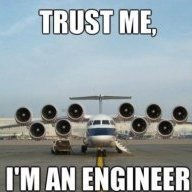-
Posts
912 -
Joined
-
Last visited
-
Days Won
4

Geoff_H replied to Davidnane's topic in Aircraft Building and Design Discussion

Geoff_H replied to Davidnane's topic in Aircraft Building and Design Discussion

Geoff_H replied to danny_galaga's topic in Aircraft Building and Design Discussion

Geoff_H replied to danny_galaga's topic in Aircraft Building and Design Discussion

Geoff_H replied to danny_galaga's topic in Aircraft Building and Design Discussion

Geoff_H replied to danny_galaga's topic in Aircraft Building and Design Discussion

Geoff_H replied to danny_galaga's topic in Aircraft Building and Design Discussion

Geoff_H replied to w3stie's topic in AUS/NZ General Discussion

Geoff_H replied to old man emu's topic in Aircraft General Discussion

Geoff_H replied to old man emu's topic in Aircraft General Discussion

